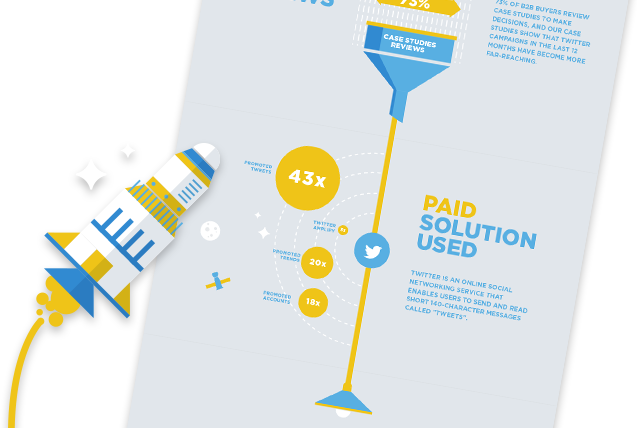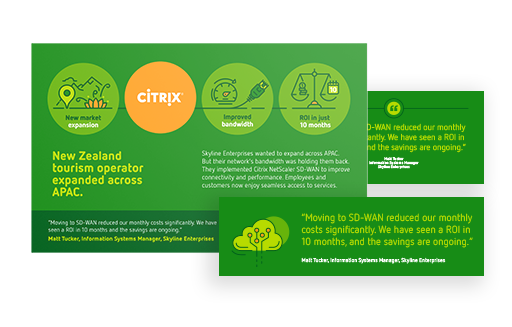
Since co-founding ComScore in 1999, Linda Abraham has made it her goal to create a high-performing team of people she respects – not necessarily people she likes. “They’re almost like allergy shots for your organization,” she tells Amy Gallo in How to Manage Someone You Don’t Like, published in the Harvard Business Review (HBR). Being likeable is not a prerequisite to join Abraham’s team – she purposefully hires people she doesn’t like and focuses on what the individual says, instead of how they say it. And, under her guidance, ComScore has grown into a global leader of digital measurements and analytics.
We all come across colleagues that we just can’t stand. That one colleague – the one most of us are forced to cross paths with at some point in our careers – who challenges your patience and professionalism. A co-worker or team member who will quickly dismiss your authority with flippant comments over your supervision or those who will ambush you for that much needed approval.
In building professional leadership traits, it’s critical you recognize these difficult people and adjust your behavior to develop the harmony that’s required to oversee a successful team.
Building an effective and balanced team – not necessarily ones you would invite for after work drinks – is fundamental to the success of your organization. If you already have one of these difficult team members on staff, you can learn to work with him or her.
If it’s someone you manage, first you must determine what it is that’s wrong. Is it their nerve-burning voice, an irritating habit, their lack of tact or is it based on performance?
If it’s performance, the solution is simple – either train them or show them the door. If it’s a personality trait, remember you cannot change his or her behaviour – you can only change the way you respond.
Download our ebook about 6 Marketing metrics used by marketing superstars.
Understanding the conflict
Chances are that the people you like most at work are those who are very agreeable – seemingly supportive yet they fail to challenge you. The ones who aggravate you might present opinions that are different from yours – they don’t flatter you or tell you what you want to hear.
“You need people who have different points of view and aren’t afraid to argue. They are the kind of people who stop the organization from doing stupid things,” Robert Sutton, a professor of management science at Stanford University, and the author of The No Asshole Rule, Building a Civilized Workplace and Surviving One that Isn’t, told the HBR.
These people might actually drive success in the organization.
So how can you get the most out of someone you dislike?
Here are some helpful tips to help you find your way:
- You don’t have to be friends with all your colleagues or employees
- Don’t be influenced by your emotions
- Observe their interactions with other colleagues
- Be positive
Key points to remember
- Understand why this individual triggers a negative emotion.
- Be unbiased in performance reviews and when supervising.
- Be open-minded.
- Disliking someone can be good – different opinions are critical to the success of a team.
- Collaborate with the individual.
- Running a team should never be governed by your personal feelings.
Always remember, it’s easier to change the way you react to someone’s surly behavior than expecting him or her to change.






